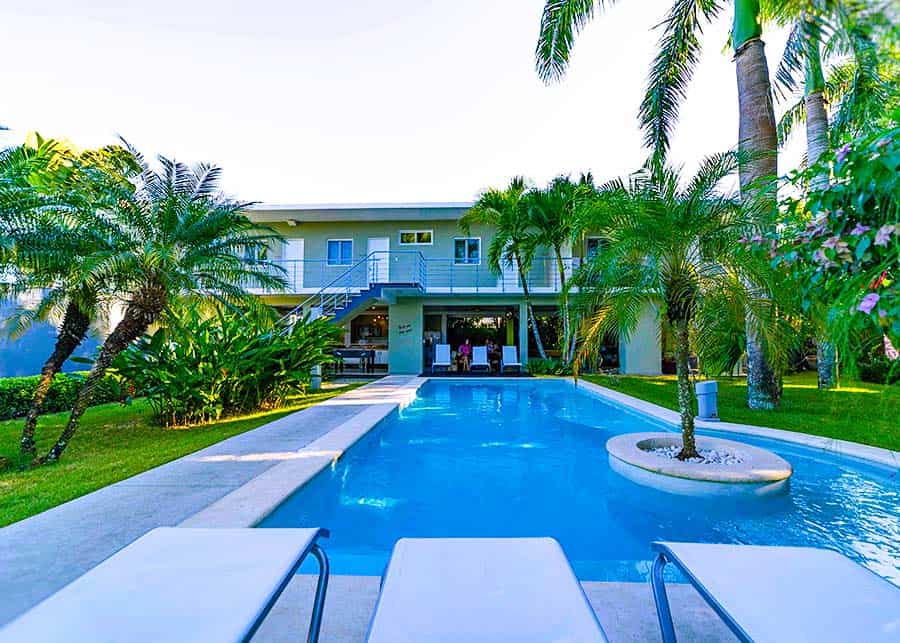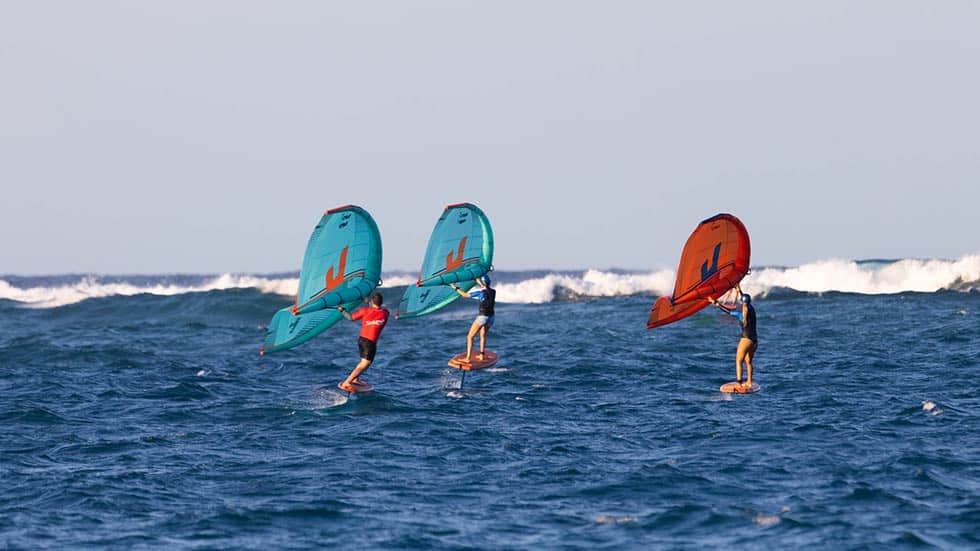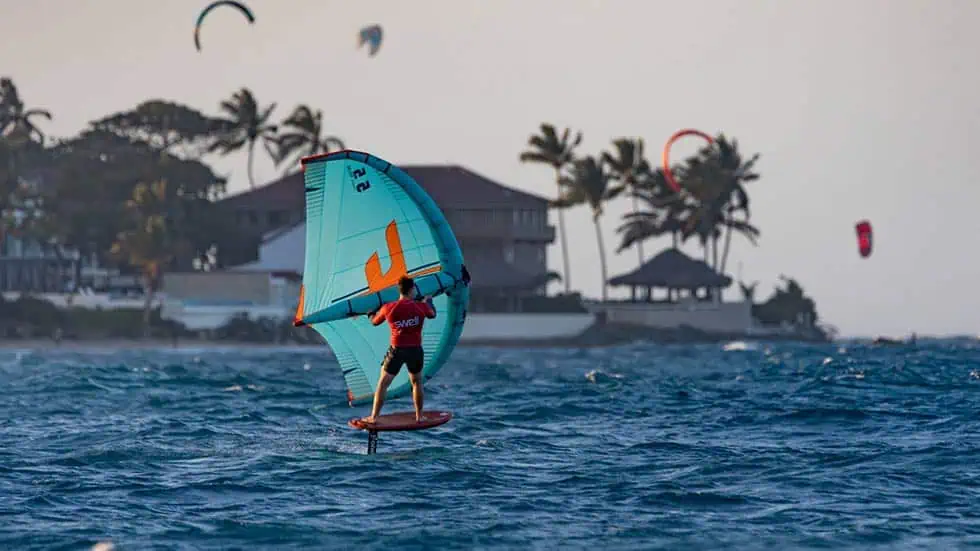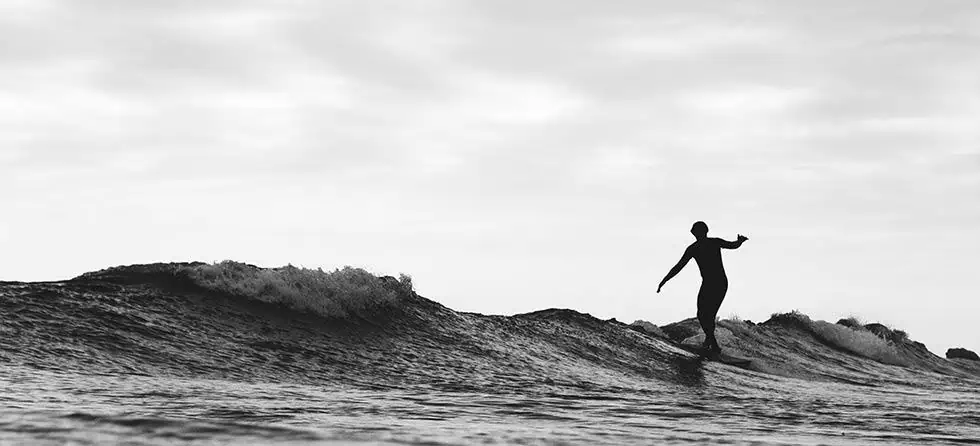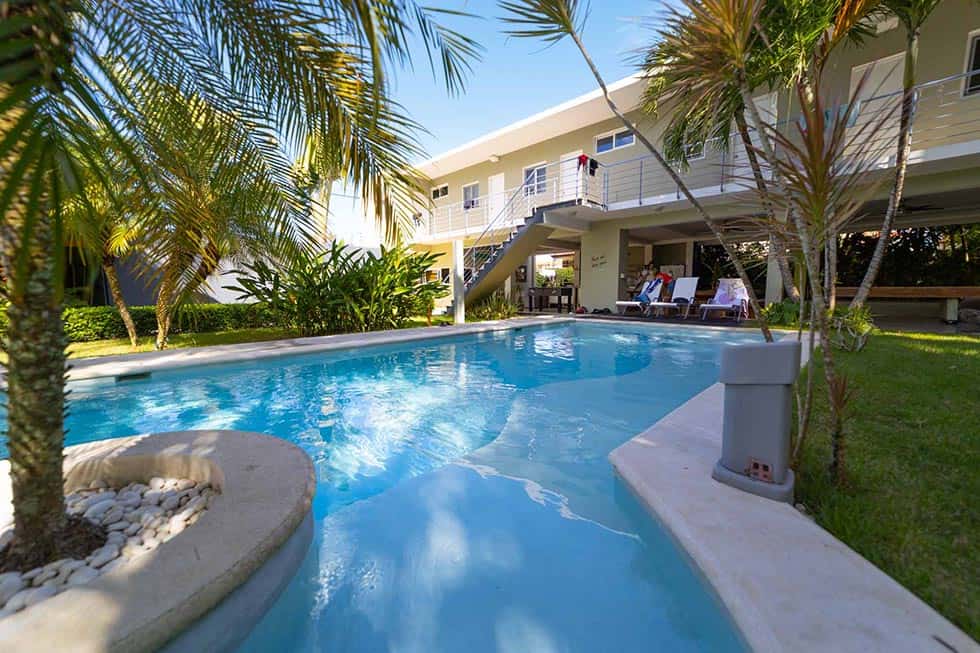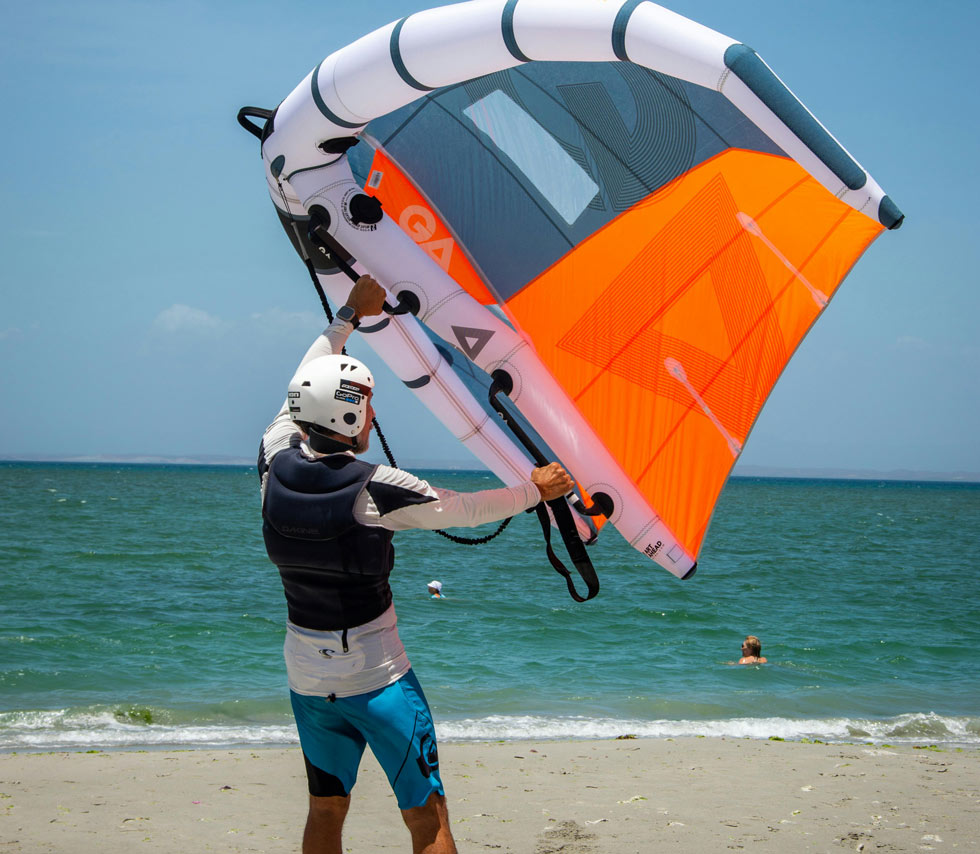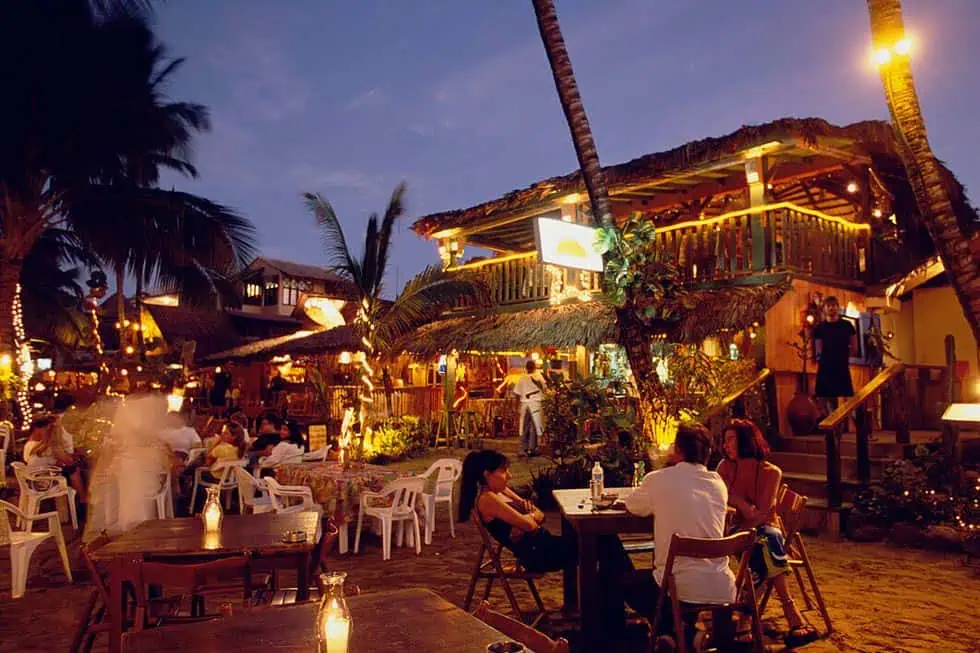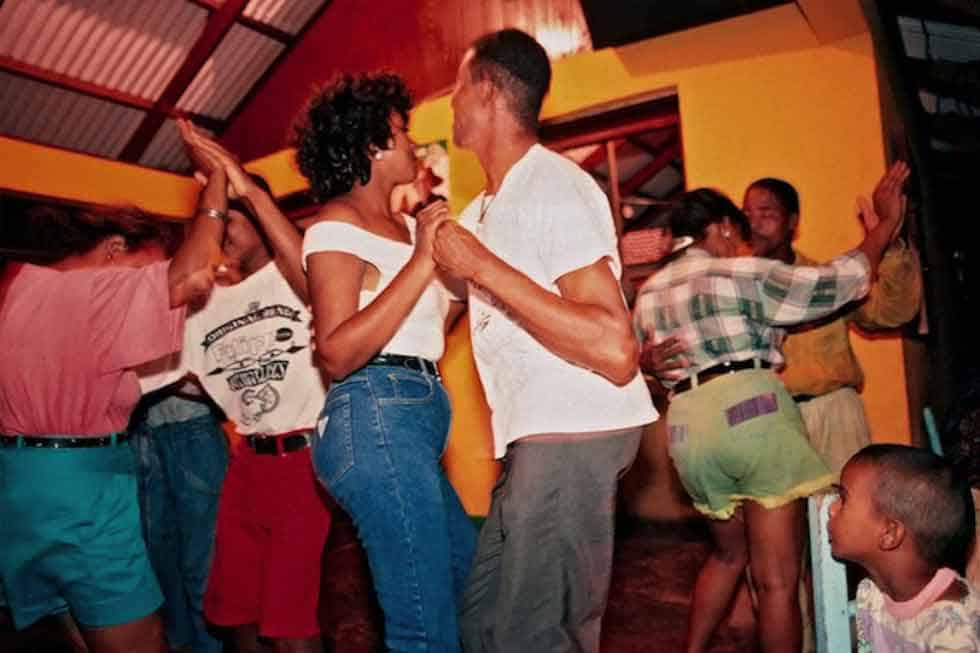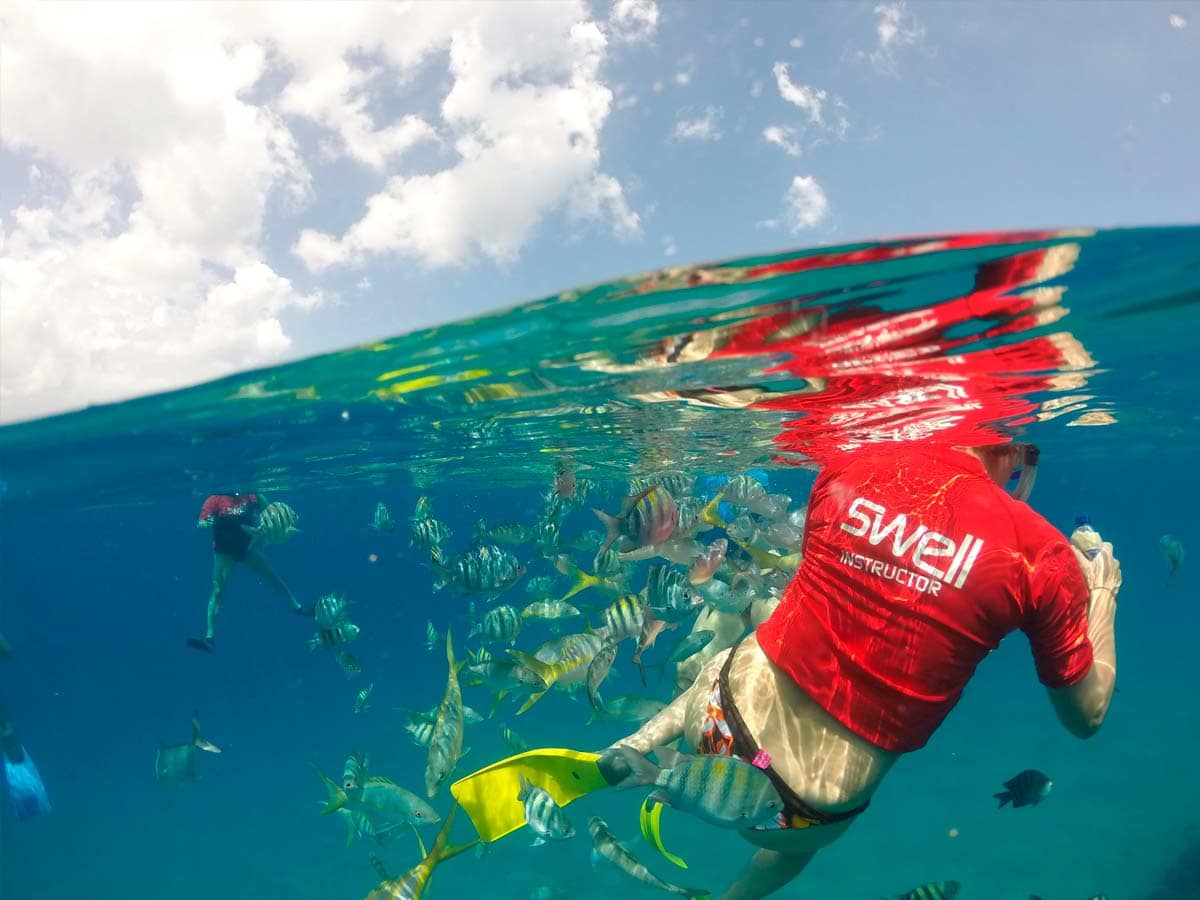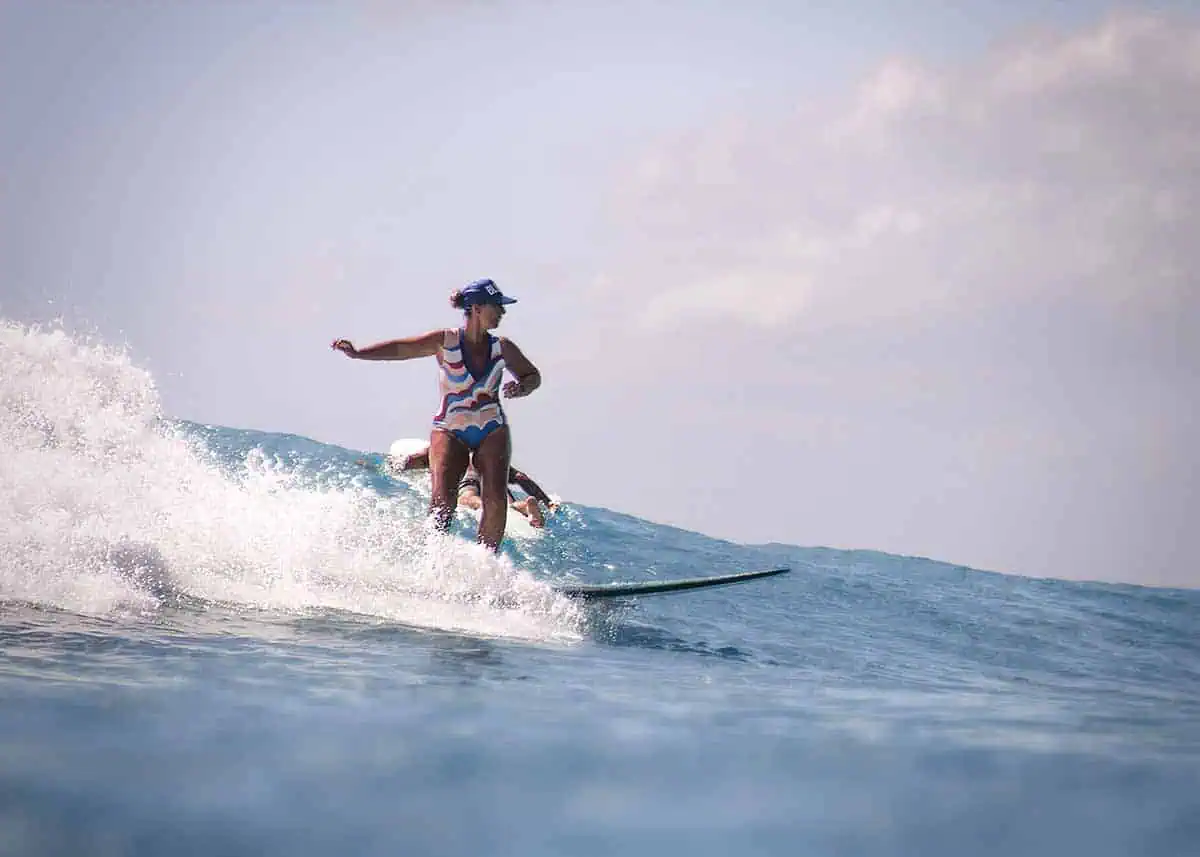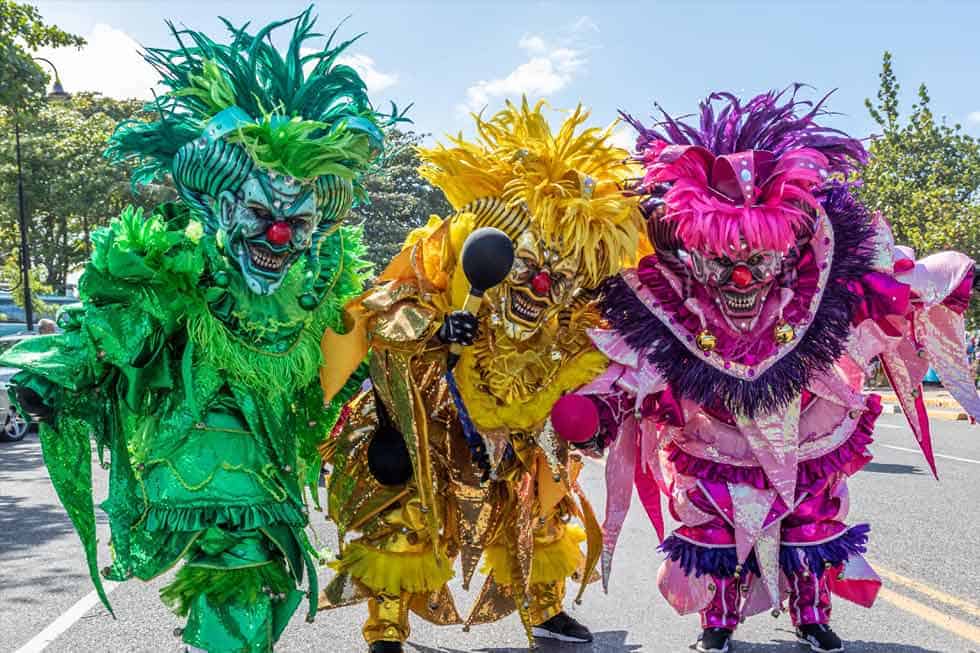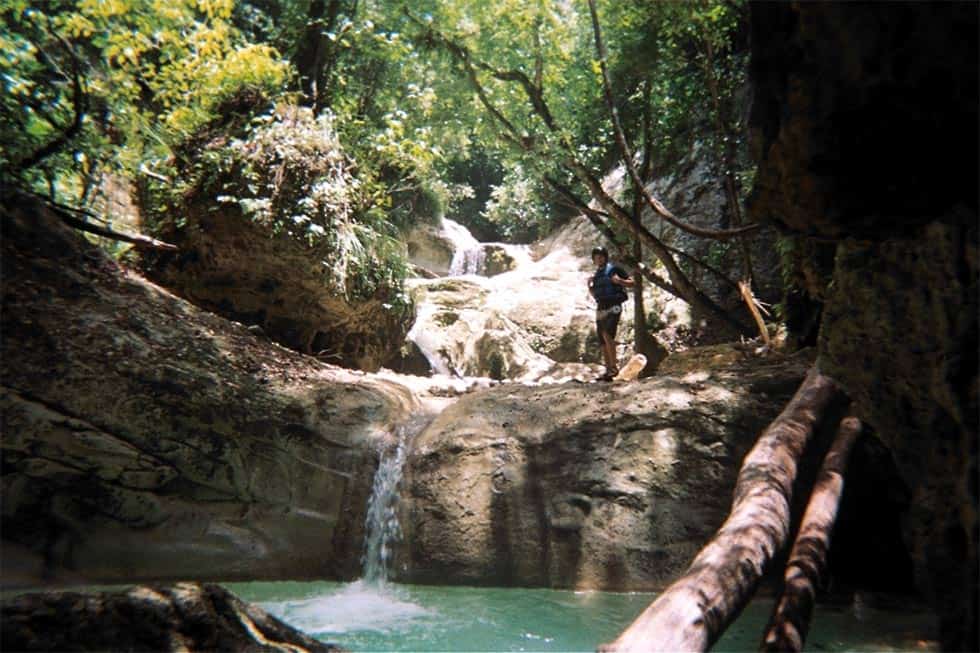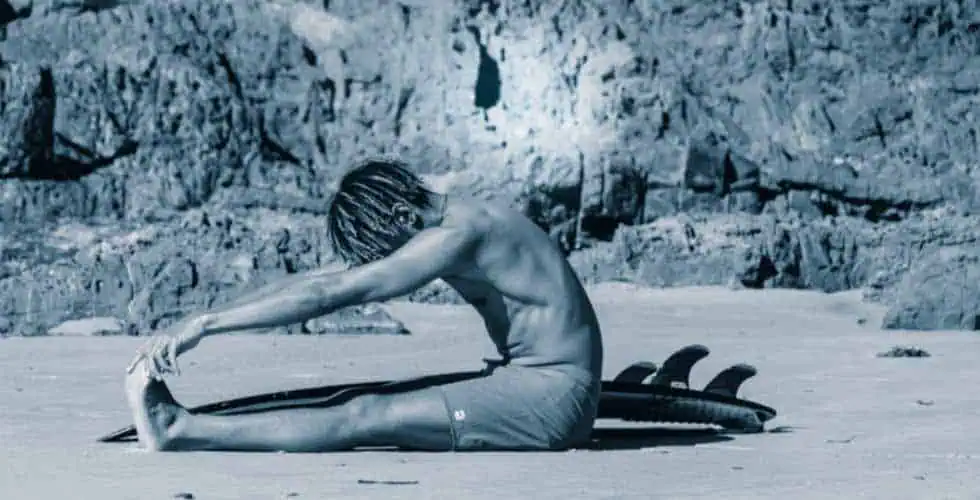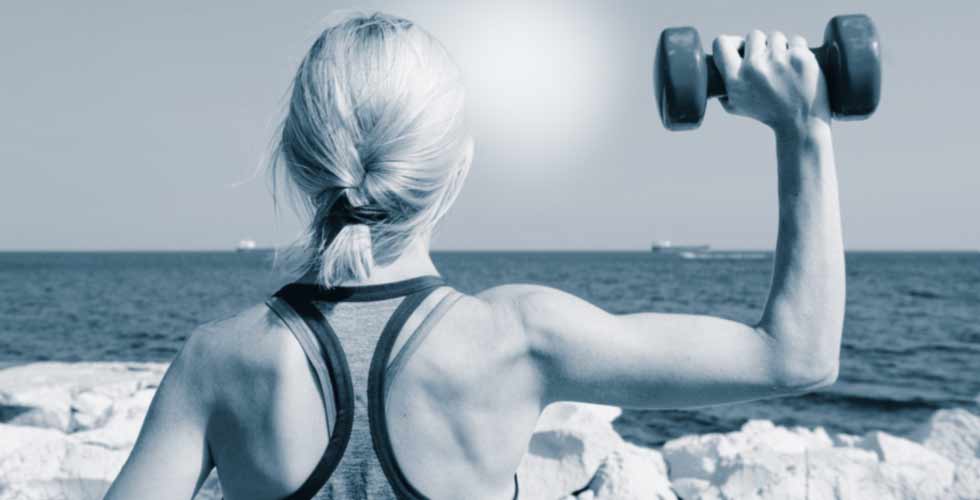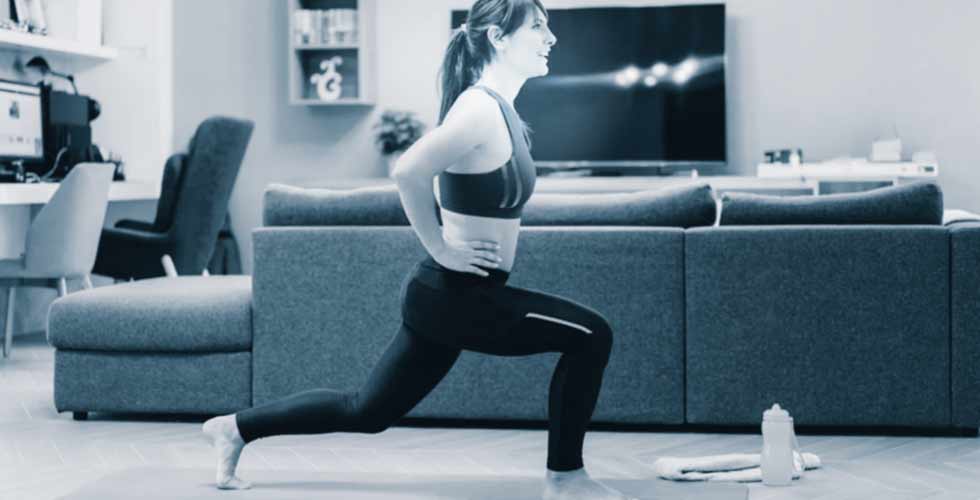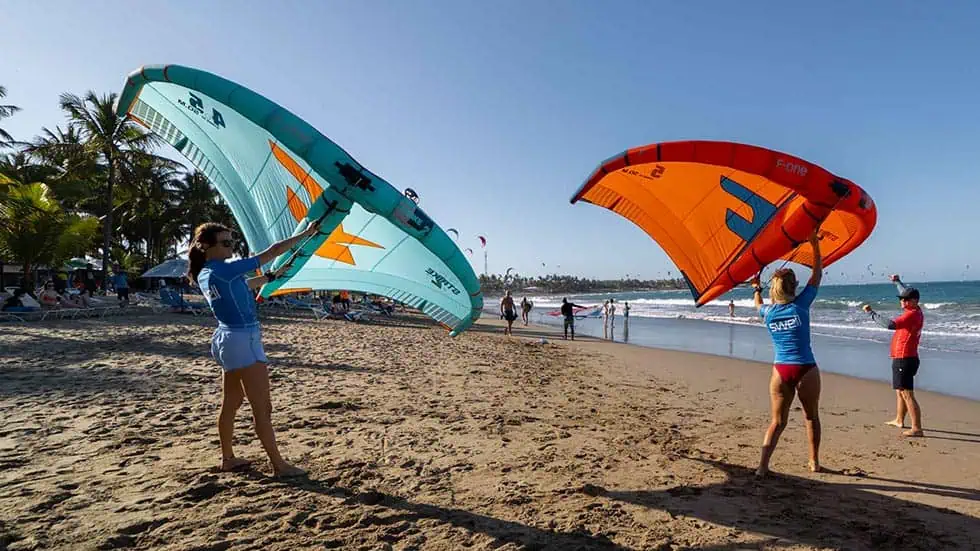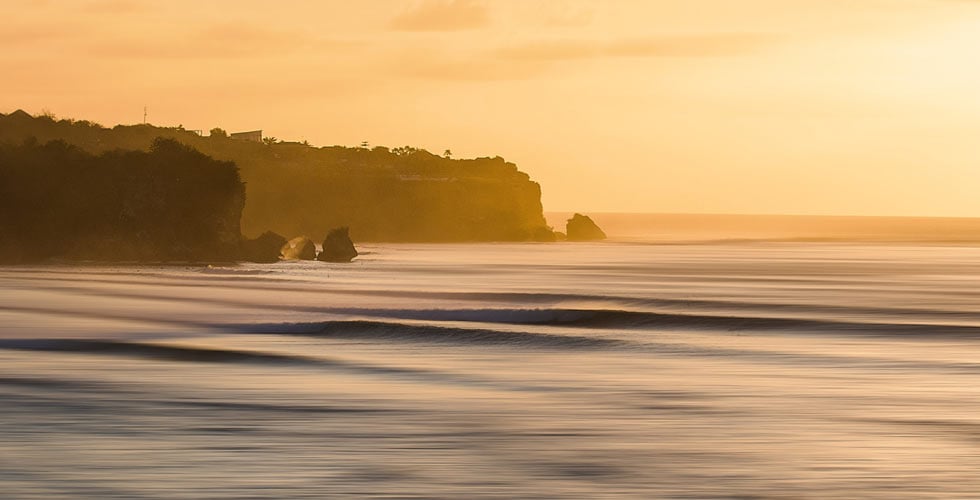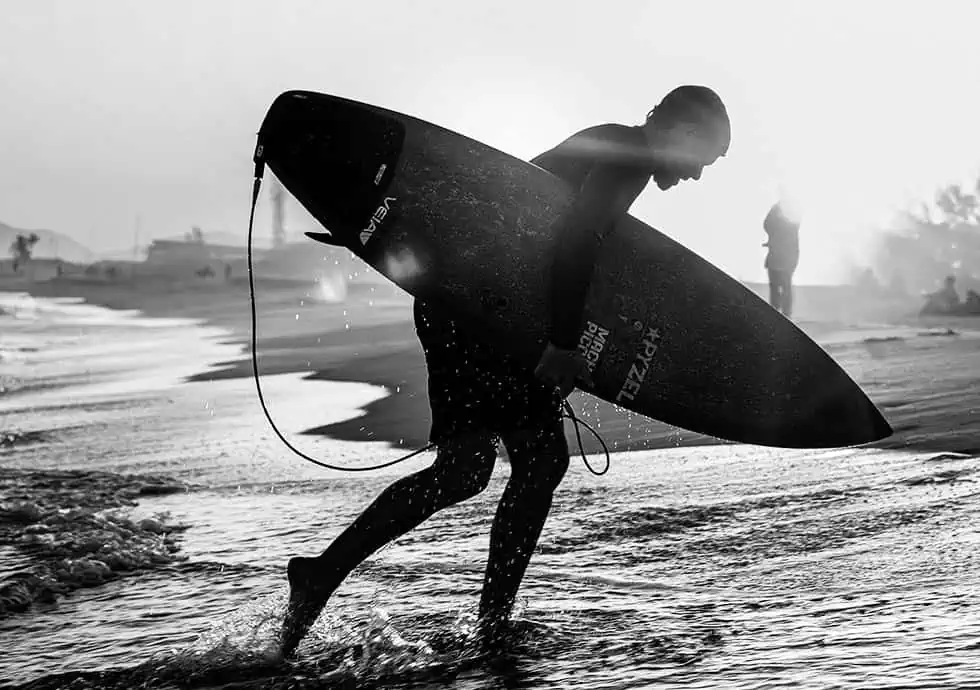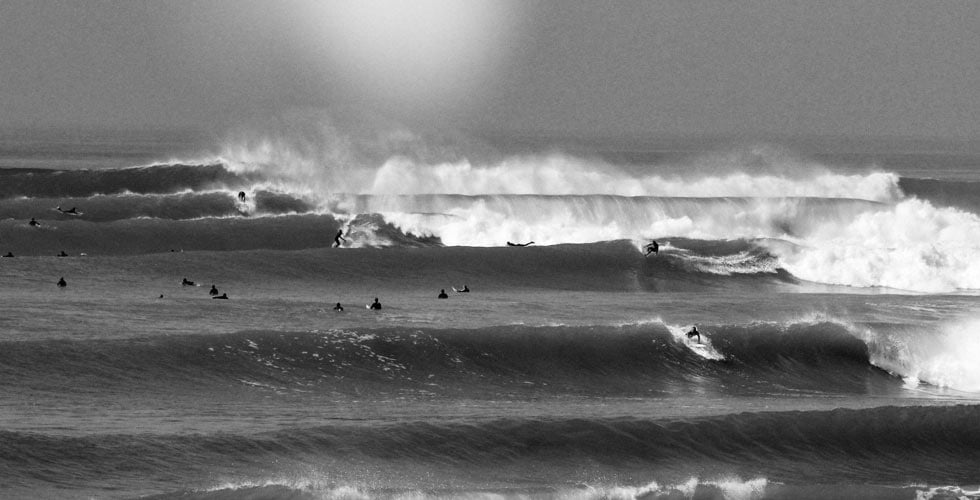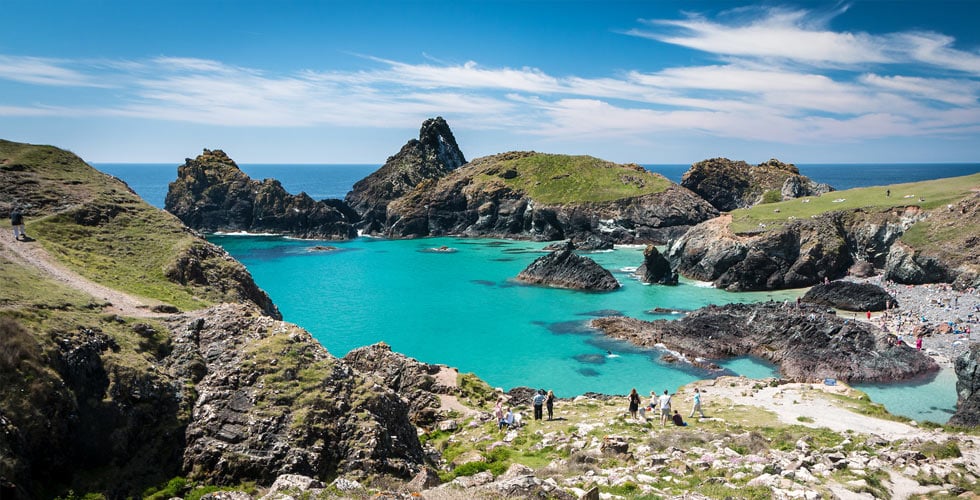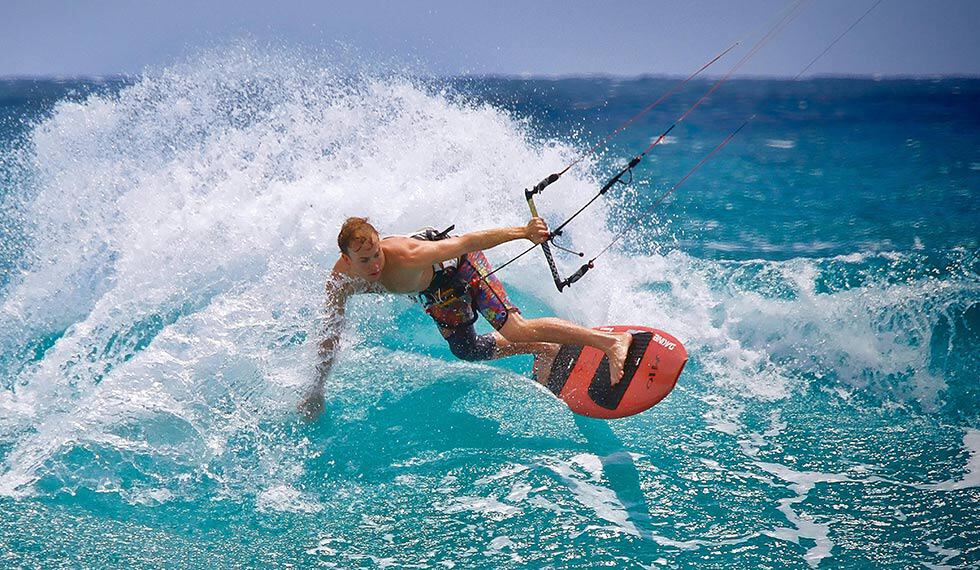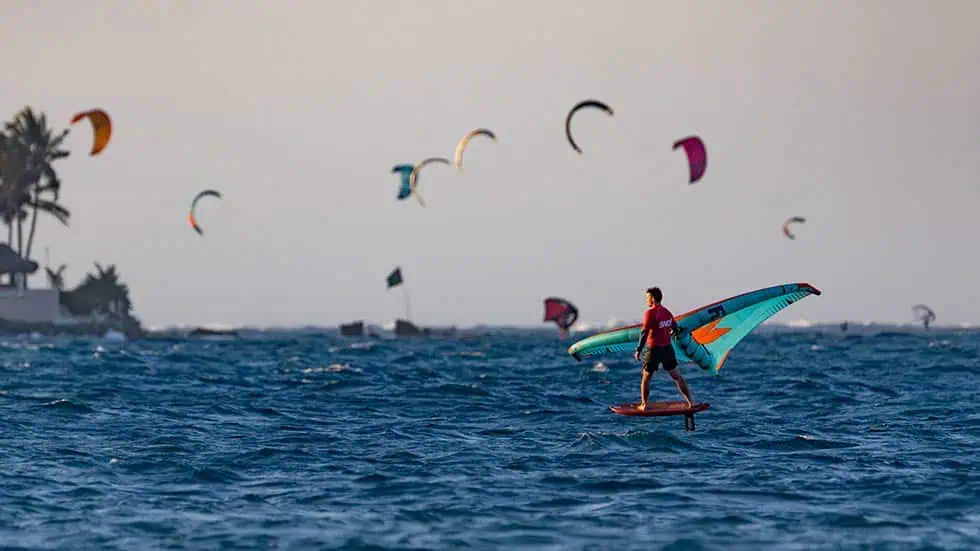YOUR COMPLETE GUIDE TO CABARETE WEATHER AND TEMPERATURES YEAR-ROUND
Planning your surf trip to Swell Surf Camp in Cabarete, Dominican Republic? Understanding the weather patterns and temperatures throughout the year is essential for packing appropriately and setting the right expectations for your Caribbean adventure. Unlike many tropical destinations that experience dramatic seasonal shifts, Cabarete enjoys consistently warm weather year-round, making it an ideal surf destination no matter when you visit.
The Dominican Republic’s unique geography plays a significant role in creating Cabarete’s enviable climate. Located on the northern coast of the island, Cabarete benefits from steady trade winds and the protective influence of the Cordillera Central mountain range, including Pico Duarte, the Caribbean’s highest peak at over 3,000 meters. This mountain barrier helps deflect hurricanes and moderates weather patterns, creating stable conditions that surfers and beach lovers dream about.
In this comprehensive guide, we’ll break down what you can expect weather-wise during each season, helping you choose the perfect time for your surf camp experience at Swell.
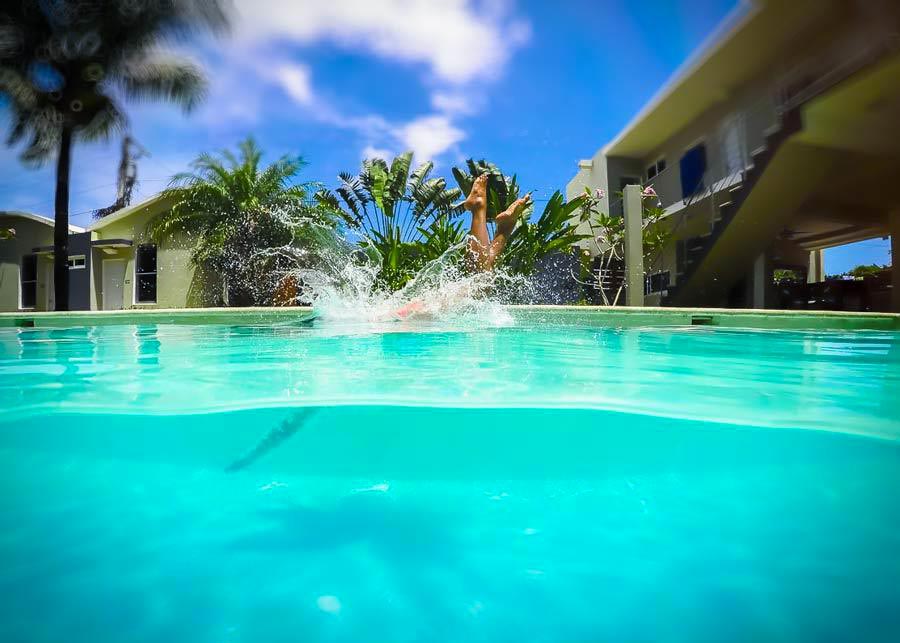
UNDERSTANDING CABARETE’S TROPICAL CLIMATE
Cabarete experiences a tropical climate with minimal temperature variation throughout the year. Air temperatures typically range from a comfortable 27°C to 32°C (81°F to 90°F) during the day, while nighttime temperatures rarely drop below 20°C (68°F). The ocean temperature remains invitingly warm year-round, averaging between 26°C and 29°C (79°F to 84°F), meaning you’ll rarely need more than a rashguard for sun protection while surfing.
AVERAGE AIR TEMPERATURE (°C)
AVERAGE WATER TEMPERATURE (°C)
What sets Cabarete apart from other Caribbean destinations is the absence of a true “rainy season” in the traditional sense. While some months see more precipitation than others, you won’t experience the relentless, multi-day downpours common in places like Costa Rica. Instead, rain in Cabarete typically arrives as brief, intense afternoon or evening showers that clear quickly, leaving sunshine and perfect surf conditions in their wake.
JANUARY TO MARCH: PEAK SEASON PARADISE
WINTER SEASON HIGHLIGHTS
Temperature Range: 27°C – 29°C (81°F – 84°F)
Water Temperature: 25°C – 26°C (77°F – 79°F)
Best For: All levels of surfers, escaping winter weather
The winter months represent peak season at Swell Surf Camp, and for good reason. January through March delivers some of the most consistent surf conditions of the year, with powerful Atlantic swells regularly pumping waves into Playa Encuentro and surrounding breaks. Air temperatures during this period hover around a pleasant 27°C to 29°C (81°F to 84°F), offering warm days without the intense heat of summer.
January is typically the coolest month of the year in Cabarete, though “cool” is relative—you’ll still enjoy temperatures in the high 20s Celsius. Morning temperatures might dip to around 20°C (68°F), which feels refreshingly crisp by tropical standards. This is the driest period of the year, particularly in February, making it ideal for surf safaris and exploring the Dominican Republic beyond the beach.
Expert Surfer Alert: If you’re chasing big waves, December through April is your window. Regular swells during this period often produce waves of 2 meters or more, perfect for experienced surfers looking to challenge themselves on Cabarete’s world-class reef breaks.

Water temperatures during these months average around 25°C to 26°C (77°F to 79°F)—the coolest of the year, though still comfortable enough that most surfers opt for boardshorts or a thin rashguard. The combination of consistent swell, minimal rainfall, and comfortable temperatures makes this an exceptionally popular time for surf camps, so booking in advance is essential.
March serves as a transition month, with temperatures beginning to climb slightly and rainfall patterns starting to shift. You’ll notice days getting progressively warmer, with highs reaching 30°C (86°F) by month’s end. The surf remains excellent throughout March, and you’ll start to see fewer crowds as peak season winds down, making it an ideal time for those seeking quality waves without the busy season atmosphere.
APRIL TO JUNE: SPRING INTO SUMMER
SPRING SEASON HIGHLIGHTS
Temperature Range: 30°C – 32°C (86°F – 90°F)
Water Temperature: 26°C – 28°C (79°F – 82°F)
Best For: Beginners and intermediate surfers, value seekers
As spring transitions into early summer, Cabarete enters what many consider its sweet spot for beginner and intermediate surfers. April through June brings warmer temperatures, ranging from 30°C to 32°C (86°F to 90°F), along with smaller, more manageable waves that are perfect for learning and progressing your surfing skills.
April is one of the drier months in Cabarete, with minimal rainfall making it excellent for outdoor activities beyond surfing. You’ll experience about 8 to 10 rainy days during the month, but remember—these typically manifest as brief showers rather than day-long deluges. Daytime temperatures climb to around 30°C (86°F), while nights remain comfortable at approximately 21°C (70°F).
May marks the beginning of what’s sometimes called the “green season,” though this term is misleading. Unlike Costa Rica’s summer months, which bring constant rain, May in Cabarete simply sees occasional afternoon showers that actually provide welcome relief from the building heat. With daytime highs reaching 31°C (88°F) and water temperatures climbing to a bath-like 27°C (81°F), you’ll appreciate these cooling rain breaks.
Beginner Surfer Paradise: June through August offers the best conditions for those just starting their surfing journey. Smaller waves combined with warm water and consistent surf make this the ideal time to master the basics without feeling overwhelmed.
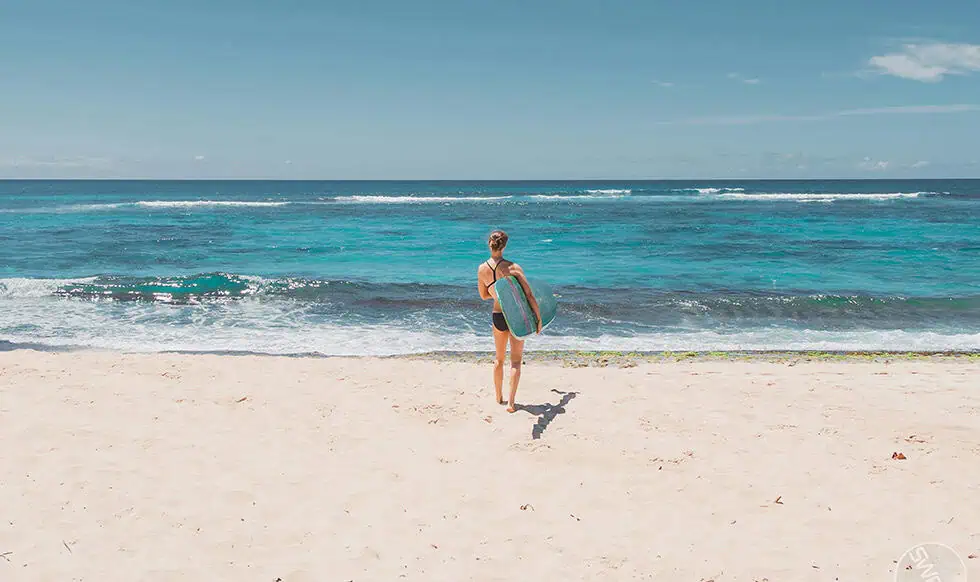
June is particularly special at Swell Surf Camp. This month sees the lowest rainfall of the entire year, with averages around 36-44mm. Combined with ocean temperatures reaching 27°C to 28°C (81°F to 82°F) and smaller, more forgiving waves, June creates perfect conditions for surf lessons. The heat becomes more pronounced, with temperatures regularly hitting 32°C (90°F), so staying hydrated and applying sunscreen becomes even more critical.
The spring months also offer excellent value, as you’ll find fewer crowds than during peak winter season. Accommodation rates often drop, and you’ll have more space in the lineup to practice your skills without competing for waves. The combination of smaller swells, warm water, and uncrowded breaks makes this an underrated time to visit Swell Surf Camp.
JULY TO SEPTEMBER: SUMMER HEAT AND PERFECT LEARNING CONDITIONS
SUMMER SEASON HIGHLIGHTS
Temperature Range: 32°C – 34°C (90°F – 93°F)
Water Temperature: 28°C – 29°C (82°F – 84°F)
Best For: Beginners, warm water enthusiasts, value travelers
Summer in Cabarete brings the warmest temperatures of the year, with the mercury climbing to 32°C to 34°C (90°F to 93°F) during the day. August typically claims the title of hottest month, with average highs around 34°C (93°F). While this might sound intense, the constant trade winds that make Cabarete famous as a kiteboarding destination provide natural air conditioning, keeping conditions comfortable despite the heat.
July and August are paradoxically some of the driest months despite falling during what’s technically the Atlantic hurricane season. Actual rainfall remains relatively low, averaging around 39-70mm per month. When rain does arrive, it usually comes as brief, intense tropical showers that clear quickly, often occurring overnight and leaving pristine morning surf conditions.
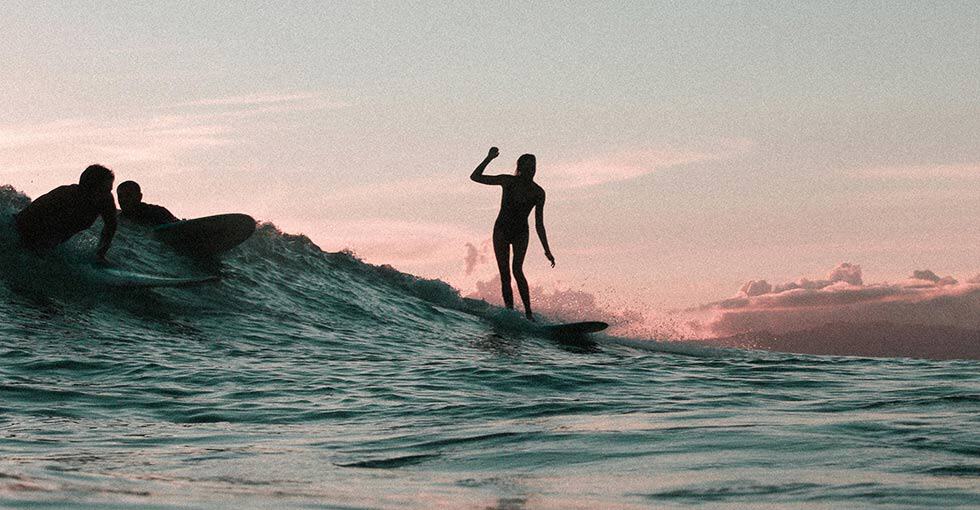
The ocean reaches its peak temperature during these months, climbing to 28°C to 29°C (82°F to 84°F) in September. This bath-like water temperature means you can surf for hours without any thermal protection, making extended surf sessions incredibly comfortable. The warmth also accelerates healing of any minor scrapes or cuts from reef encounters.
Important Note on Hurricane Season: While the Atlantic hurricane season runs from June through November, Cabarete rarely experiences direct hits thanks to the protective mountain ranges. Most storms track north or south of the Dominican Republic. Swell Surf Camp closes for one month (typically mid-September to mid-October) not due to hurricane risk, but because passing storms can create unpredictable wind and wave conditions unsuitable for surf lessons.
For beginner surfers, this period offers optimal learning conditions. The combination of smaller waves, ultra-warm water, and excellent visibility makes it easy to focus on technique without worrying about cold or challenging conditions. Many guests find they make faster progress during summer months because they can stay in the water longer without fatigue from cold or exhaustion from battling large waves.
Night temperatures during summer remain warm at around 23°C (73°F), meaning you’ll rarely need more than shorts and a t-shirt even in the evening. This makes for perfect conditions to enjoy Cabarete’s vibrant nightlife, beachside barbecues, and evening strolls along the shore.

OCTOBER TO DECEMBER: AUTUMN TRANSITION AND SWELL RETURN
AUTUMN SEASON HIGHLIGHTS
Temperature Range: 28°C – 30°C (82°F – 86°F)
Water Temperature: 27°C – 29°C (81°F – 84°F)
Best For: All levels, avoiding peak season prices
Autumn in Cabarete represents a transitional period as temperatures gradually moderate and surf conditions begin building toward winter’s powerful swells. October and November see daytime temperatures ranging from 28°C to 30°C (82°F to 86°F), offering relief from summer’s peak heat while maintaining the warm, tropical feel that defines the Caribbean.
October and November are the wettest months in Cabarete, receiving the highest rainfall of the year. However, this designation needs context—”wettest” in Cabarete still means predominantly sunny days punctuated by occasional tropical downpours. You might experience 12 to 13 rainy days during these months, but rain rarely disrupts an entire day. Instead, expect dramatic afternoon thunderstorms that roll through quickly, often providing spectacular lightning shows over the ocean.
Water temperatures remain delightfully warm throughout autumn, hovering between 27°C and 29°C (81°F and 84°F). September actually sees the warmest ocean temperatures of the entire year at around 29°C (84°F), making these months incredibly popular with divers and snorkelers in addition to surfers.
By mid-October, Swell Surf Camp reopens after its brief seasonal closure, and conditions begin improving rapidly for intermediate and advanced surfers. The first significant winter swells start arriving in November, bringing larger, more consistent waves while temperatures remain warmer than the peak winter months. This combination makes November an excellent sweet spot—you get good surf without the peak season crowds or the coolest water temperatures.
Value Season: November and early December offer exceptional value for surf camp guests. You’ll enjoy strong surf conditions, warm weather, and lower rates than the upcoming peak season months, all while experiencing fewer crowds in the lineup.

December marks the beginning of the transition back to peak season. Temperatures moderate to around 27°C to 28°C (81°F to 82°F), and rainfall decreases significantly compared to November. By mid-December, surf conditions typically rival the best of winter, with consistent swells and offshore winds creating ideal conditions at Playa Encuentro.
Night temperatures during autumn remain comfortable, ranging from 22°C to 24°C (72°F to 75°F). You might occasionally appreciate a light long-sleeve shirt for evening activities, but Cabarete never requires heavy clothing or jackets.
WHAT TO PACK FOR CABARETE
Given Cabarete’s consistently warm temperatures year-round, packing for Swell Surf Camp is refreshingly simple. Here’s what you’ll need regardless of when you visit:
Essential Items: Multiple rashguards or surf tops for sun protection, boardshorts or bikinis, reef-safe sunscreen (SPF 50+), a wide-brimmed hat, sunglasses with retention strap, lightweight quick-dry clothing, flip-flops or sandals, and a light windbreaker for rare evening breezes.
Optional but Recommended: A thin wetsuit top for dawn patrols during January-March (though most guests don’t need this), aloe vera for sun care, a reusable water bottle to stay hydrated, and casual evening wear for Cabarete’s restaurants and nightlife.
One item you definitely won’t need? Heavy clothing. Even during the “coolest” months of January and February, temperatures never drop low enough to require sweaters, jackets, or long pants. This is the tropics, after all!
CHOOSING YOUR PERFECT TIME TO VISIT
The beauty of Cabarete is that there’s truly no bad time to visit Swell Surf Camp. Your ideal window depends primarily on your surf skill level and what you hope to experience:
Complete Beginners: Year round is a good time to learn surfing in the Dominican republic.
Intermediate Surfers: May through November provides the shoulder-to-head-high waves that are perfect for developing your skills in unbroken waves, practicing turns, and building confidence.
Advanced Surfers: December through April delivers the most powerful swells, regularly producing waves of 2 meters or more on Cabarete’s premier reef breaks.
Budget-Conscious Travelers: May through early December typically offers better rates and fewer crowds while still providing excellent surf conditions.
Weather-Sensitive Visitors: February through April combines the driest conditions with comfortable temperatures and great surf, though you’ll pay peak season rates.

FINAL THOUGHTS ON CABARETE’S YEAR-ROUND APPEAL
One of the Dominican Republic’s greatest advantages as a surf destination is its remarkable weather consistency. Unlike many Caribbean destinations that experience dramatic seasonal shifts, or Pacific coast locations with distinct wet and dry seasons, Cabarete maintains stable, warm conditions throughout the year.
Temperatures remain in the comfortable 27°C to 32°C (81°F to 90°F) range year-round, while ocean temperatures vary only slightly from 25°C to 29°C (77°F to 84°F). This stability means you can book your surf camp experience at Swell with confidence, knowing you’ll encounter pleasant weather regardless of when you arrive.
The Dominican Republic’s protective mountain ranges spare Cabarete from the hurricane impacts that affect many Caribbean destinations, while the island’s position ensures year-round swell from Atlantic systems. Add in Cabarete’s world-class reef breaks, vibrant surf culture, and the exceptional hospitality at Swell Surf Camp, and you have a destination that truly delivers twelve months of the year.

Whether you’re seeking massive winter swells, perfect learning conditions in summer, or value-priced autumn sessions, Cabarete welcomes you with warm water, consistent waves, and endless sunshine. The only question isn’t when to visit—it’s when you can fit multiple trips into your calendar!
Ready to experience Cabarete’s perfect weather for yourself? Visit swellsurfcamp.com to book your surf adventure today.
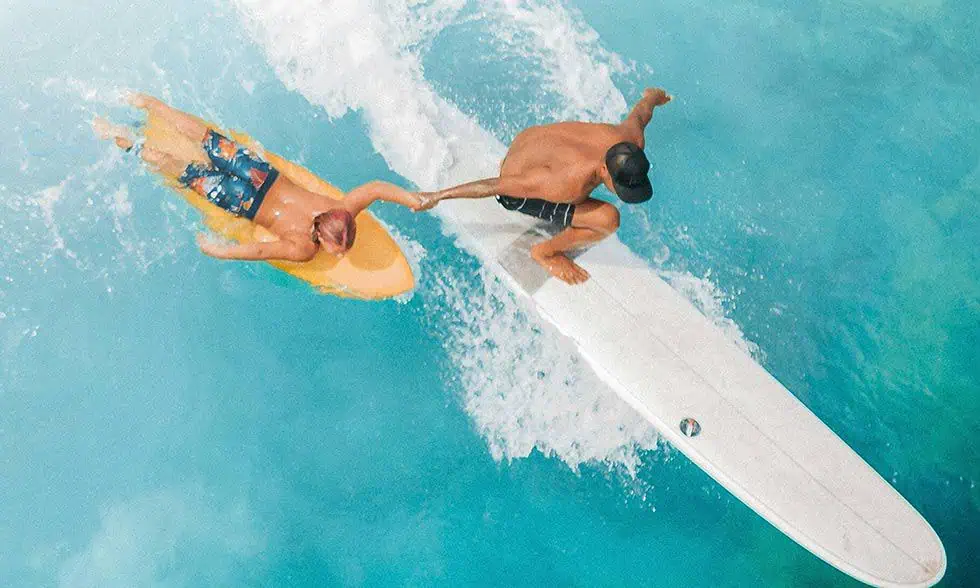

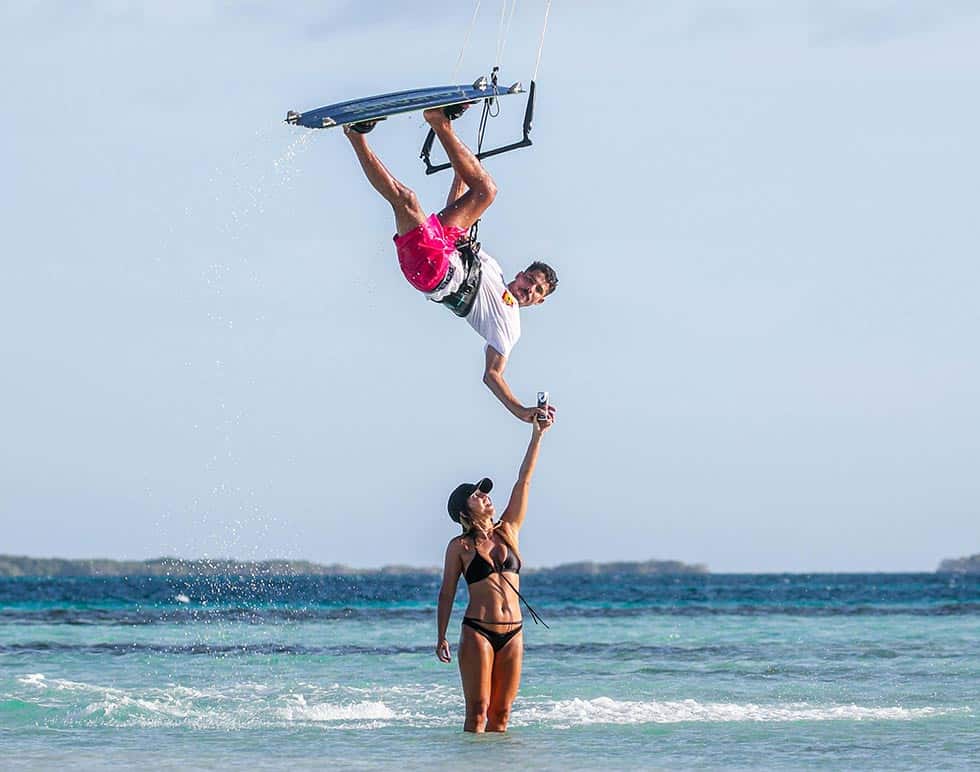


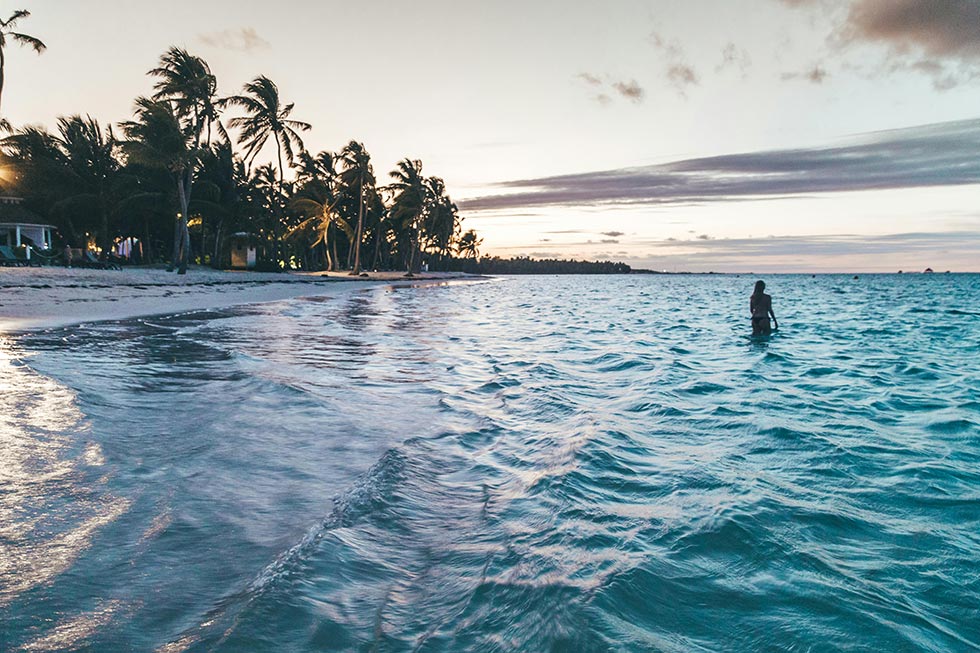





 WHERE IS IT LOCATED: Largest island In the Caribbean, the North coast faces the Atlantic, and the south coast faces the Caribbean.
WHERE IS IT LOCATED: Largest island In the Caribbean, the North coast faces the Atlantic, and the south coast faces the Caribbean.
 More info about the
More info about the 



 Where is it located: Southwest corner of Europe, bordering Spain to the east.
Where is it located: Southwest corner of Europe, bordering Spain to the east.





